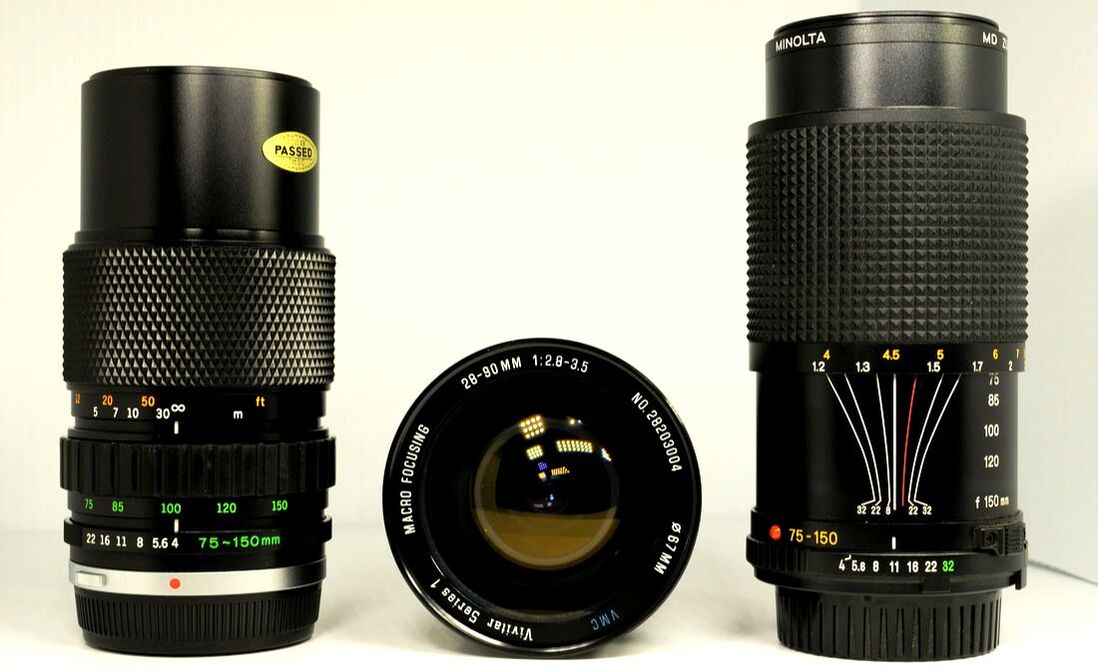|
Zoom lenses really started to come into their own by the late-1970s and became standard equipment with most SLRs by the mid-'80s. Versatility was the name of the game, with such optics sometimes enabling a photographer to replace up to 3 primes with one lens. However, this was not a free lunch; there were always compromises involved. Zooms - Convenience, Capability, and Compromise One of the biggest strengths of a zoom is its capability to instantaneously bring your subject closer or push it away when you are physically unable to change your position (e.g. if you are on a walkway in a national park or another venue where you are not able to move freely, etc.). While perspective does not change with zooming, dialing-in the exact framing you want can be a major plus. Another benefit is the reduction of lens changes you need to make in relation to primes (single focal length lenses), which sometimes will enable you to get a shot you would otherwise miss while swapping lenses. Such versatility can be a strong incentive to use a zoom in appropriate situations. Also, a zoom will often weigh less than having the two or three prime lenses it can replace in your bag. Finally, many MF-era zooms can be had for insanely small prices nowadays, so they are definitely worth a look if their advantages will serve your purposes. Some drawbacks, especially with zooms from the MF era, include: 1) image quality (IQ) very rarely will match that of a good quality dedicated prime lens of the same era at an equivalent focal length (but it is often close enough), 2) the zoom will not perform equally well at all focal lengths, 3) they have an f/2.8 max. aperture at best (and constant f/2.8 zooms are big and heavy), and that will be at the wider end of the zoom range, while at the far end it will almost always be f/3.5 or (usually) higher, 4) flare and ghosting are generally worse due to the greater number of lens elements in zooms versus primes of equivalent focal length. This is by no means an exhaustive list, but it does give an idea of some of the compromises inherent with zooms. So let's say your priorities lean towards the advantages a zoom provides. How can you maximize those advantages? What to Look for in MF Zooms Right off the bat, it is not realistic to expect current levels of zoom optical performance in lenses that are 25 - 50 years old. Even the cheapest, most plasticky kit zooms of today offer an amazing amount of image quality compared to their forebears. (Feel and build quality are another matter ;-)). However, there are some great vintage zooms that do an admirable job when their limitations are respected. Here are a few general guidelines when selecting and using zooms (in no particular order):
Coming Up Next time, in Part 4, we will look at specialty lenses such as macros and tilt-shifts and the place they can have in your kit along with lens sets in general.
0 Comments
Your comment will be posted after it is approved.
Leave a Reply. |
C.J. OdenbachSuffers from a quarter-century and counting film and manual focus SLR addiction. Has recently expanded into 1980's AF point and shoots, and (gack!) '90s SLRs. He even mixes in some digital. Definitely a sick man. Categories
All
Archives
June 2024
|

 RSS Feed
RSS Feed